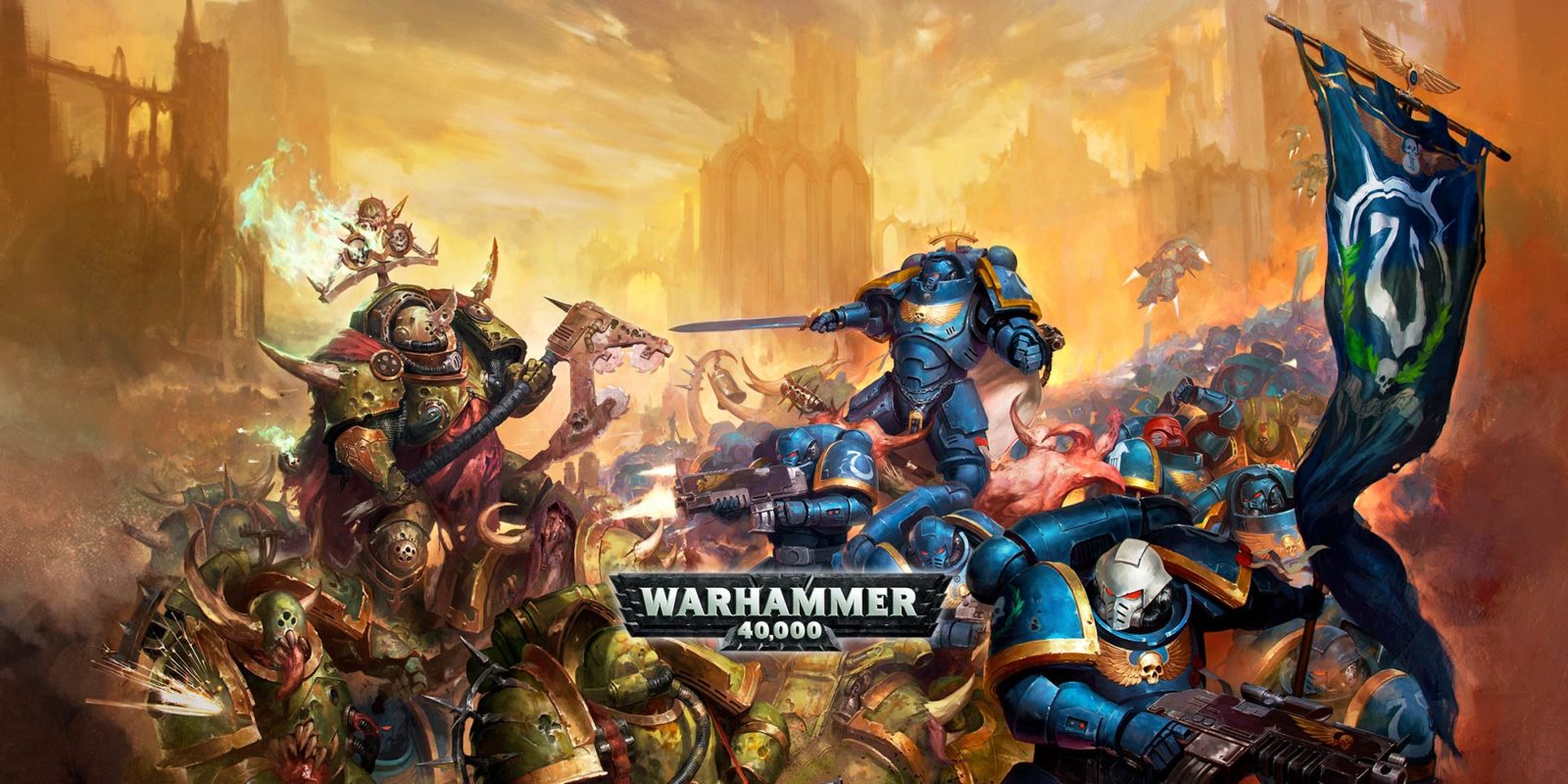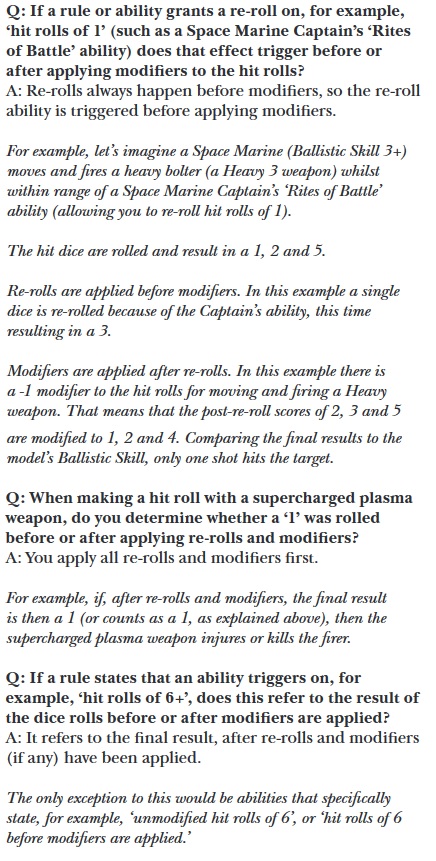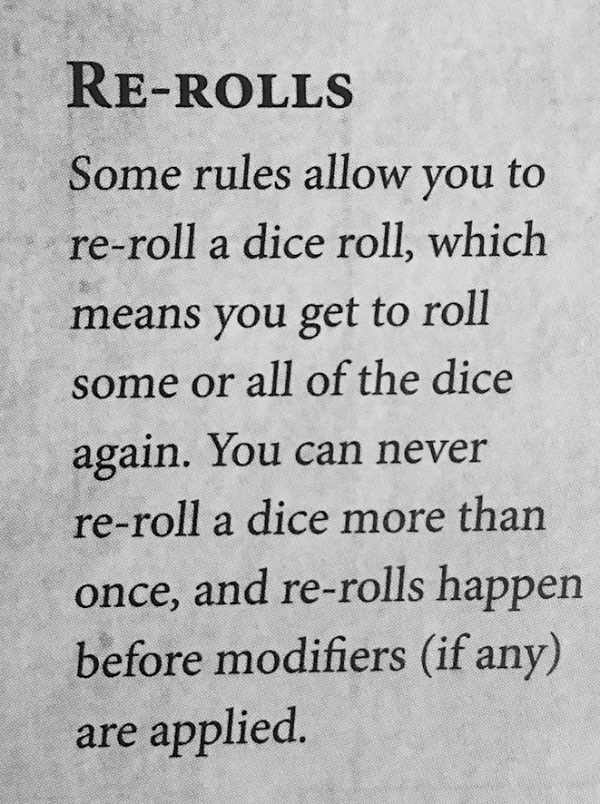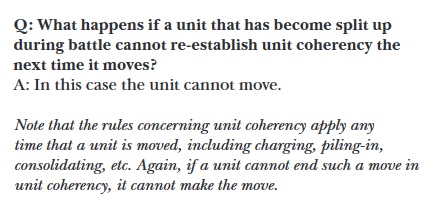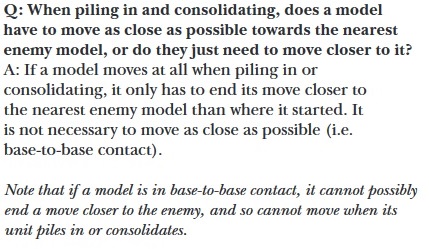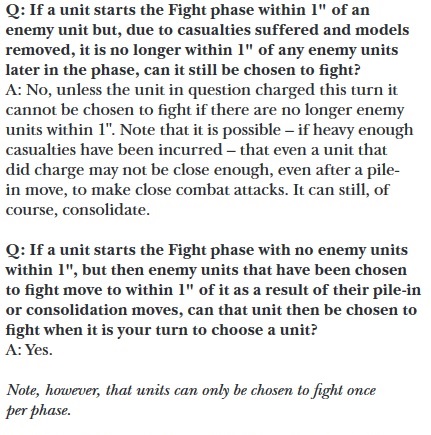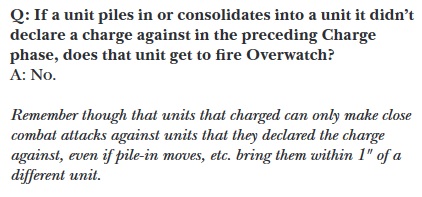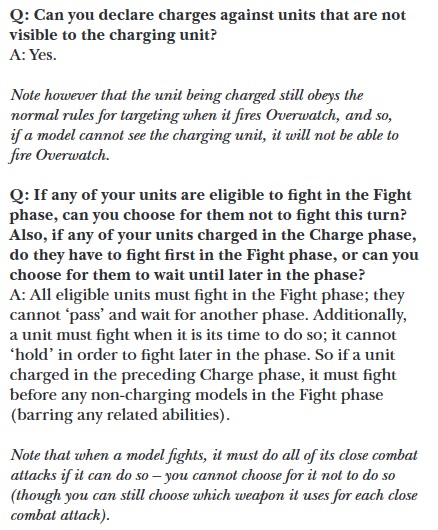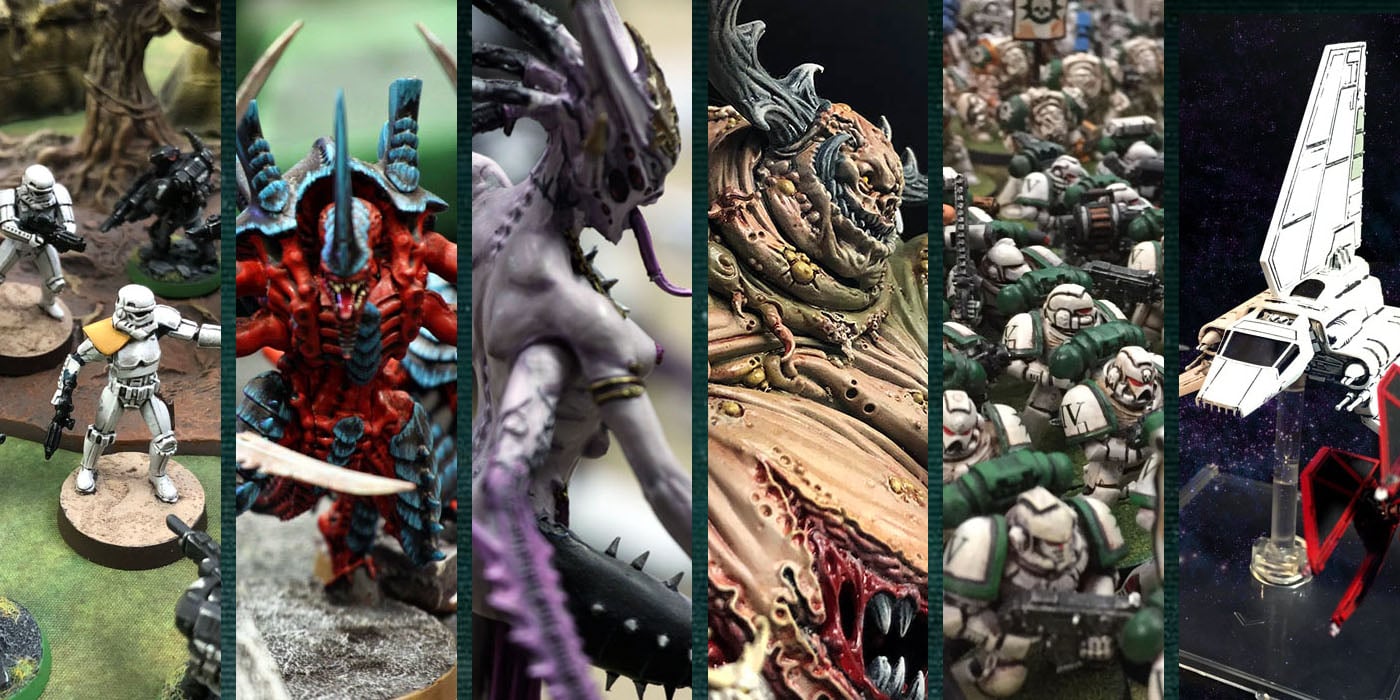40K: Designers’ Commentary: FAQ-Lite


Games Workshop put out a Warhammer 40,000 8th Designers’ Commentary over the weekend – let’s talk about it’s impact on the game!
In case you missed it, GW put out the core rules and then some online this weekend to celebrate the release of Warhammer 40k 8th Edition. You can find the core rules (aka the Battle Primer) HERE. However, the biggest news was the Designers’ Commentary, which was basically an FAQ without being called one. That you can find HERE.
There are a couple of fundamental rules that have changed or have been completely re-worked in 8th Edition. In fact, if you really want to absorb the rules and understand them quickly forget how everything worked in previous editions. The thought process of “well that’s how it worked before” does not apply here and will only make you confused and frustrated at the rules – this is a new game.
So let’s talk about a couple core concepts that are different.
Re-Rolls and Modifiers
So we covered this last week in detail but some folks out there still didn’t believe us. Well now you can read it for yourself directly from Games Workshop:
It’s even in the core rules and it’s crystal clear:
My hope is that this information will filter out to everyone so that there will be less confusion and arguing about how re-rolls and modifiers work. Like it or not, those are the rules now. If you and your group want to House Rule it, that’s fine. However, if you’re going to a larger Tournament or are going to play with folks who haven’t house ruled it then you might want to re-visit how those rules work.
Coherency, Pile-In and Consolidation
This is another area that I is confusing in 8th and I’m really glad GW spelled all of this out and provided some examples. It all goes back to the Fight Phase and how those rules work. You can read those for yourself at the link above but here are some of the key concepts to grasp:
This is one that is super important due to how the activation and the fight phase work. If a unit gets split up out side of coherency and it’s next move will not cause the unit to end in unit coherency, then the unit cannot move. On top of that, a model that is in Base-to-Base contact is already considered as close to an enemy as possible and it cannot move due to a pile-in or consolidate move. So keep that in mind – especially if you played a lot of AoS and were using that to move around during combat: This is a different game. Things work different.
Just so everyone is clear: When you pile-in or consolidate into a different unit that was not the target of your charge, they do not get to Overwatch your unit, you do not get to attack them, and they can activate to swing at you in the fight phase.
Also, the only units that can activate in the Fight Phase are 1)Units who charged in the previous phase and 2) Units who are within 1″ of an enemy unit. Now, if for some reason a unit successfully charged and is no longer within 1″ of an enemy, it can still activate and it gets it’s pile-in and consolidate moves. Those moves must be toward the closest enemy.
We ran into this case in one of our games. Two units charged a single unit and the single unit was killed after the first unit activated. The second unit then activated and used it’s pile in and consolidate moves to head back towards the enemy across the board.
You can charge units that are not in Line of Sight, as long as they are in range. That unit then checks to see if they have a shot at your unit due to Overwatch. If you can’t see them, they shouldn’t be able to see you and therefore do not get to shoot at you in the Overwatch step.
Also, if a unit is eligible to fight in the fight phase, it has to fight. Just like Fight Club!
What is interesting to me about all of these cases is that all GW did was give examples – the core rules didn’t need to be re-written and errata didn’t need to be applied. I’m still glad they provided these weird situations and examples just because they illustrate how those rules work in more complex situations. I think that 8th is actually a really well done rule set because it looks simple at first glance. Then when you get into more complex interactions the rule set still works, you just have re-read the associated rules once or twice and apply logic.
What do you think of the Designers’ Commentary? Does it help clear some things up for you?

